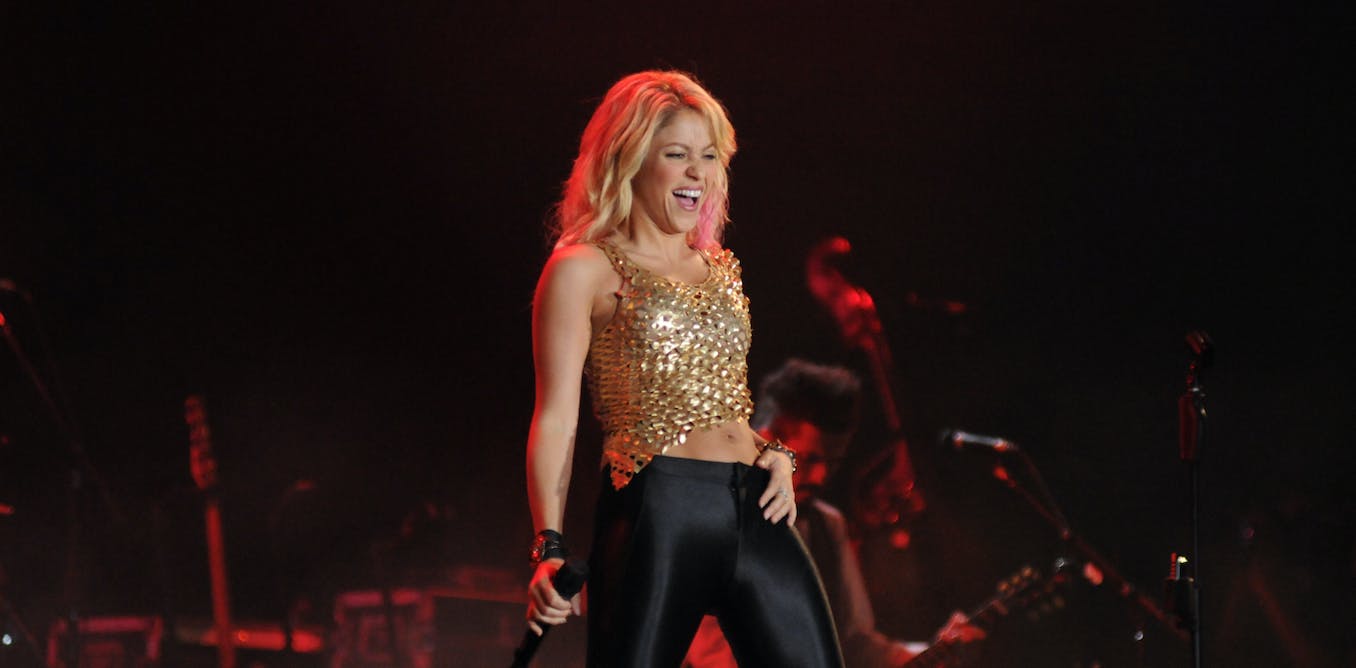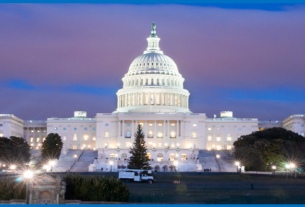A well planned, successful collaboration can transform a musician’s career overnight. Just ask Shakira: though already firmly established as a solo artist, her 2006 hit Hips Don’t Lie – featuring Fugees rapper Wyclef Jean – catapulted her to global stardom. Her continued knack for finding smart joint releases has since made her an enduring, unstoppable pop music powerhouse.
Our study has looked at the data behind musical collaborations. It sets out to answer the question of how they impact artists’ careers, as well as how to select successful ones in the future.
This research may have wider applications: the factors that elevate the profile of a musical artist can also be applied to collaborations in cinema, sports, and even politics.
Source: author’s own
Hits don’t lie
We began by analysing the weekly plays of a number of songs on radio stations in 25 European countries from 2011 to 2018. We compared similar artists who had released both a collaborative and solo track in the same week.
Our main finding was that collaborative efforts caused an artist’s subsequent releases to receive 4.6% more plays on average.
Shakira’s aforementioned career has been a prime example of this. Until 2006 the Colombian artist almost exclusively worked alone, but Hips Don’t Lie multiplied her fame by an order of magnitude.
Since then, her collaborations have raised her to dizzying heights of pop stardom, complete with an online revival thanks to her 2023 track addressing her break-up with footballer Gerard Piqué, produced by Argentine hit maker Bizarrap.
Social capital transfers
Collaborating is a tried and tested way for artists to increase their capital.
In its broadest sense, the word “capital” refers to any asset that can be used to make money. There is not only economic capital (money or property), but also social capital (personal connections) and cultural capital (knowledge, skills, values, tastes). These factors are what combine to give a person power and status.
All artists accumulate economic, social and cultural capital, which they then put to use by collaborating with other artists.
We can think again about Shakira, and her work with Rihanna. Though their joining forces undoubtedly made money, the majority of the capital generated by the two megastars’ 2014 collaboration was not economic or social, but cultural: Shakira’s Latin pop credentials have since helped Rihanna to gain a foothold in that market, and Rihanna’s credentials have likewise helped Shakira to strengthen her standing in the English speaking pop market.
Interestingly, these benefits are also felt by third party collaborators such as producers, and even by record labels. While it may be obvious that an artist who is less famous than Shakira can gain financial capital by collaborating directly with her, our study suggests that they may also get more plays thanks to an indirect connection to Rihanna.
Creativity and artificial intelligence
In our study, we developed an AI model that may be of use to artists in search of their next collaboration.
We used this model to compare what Shakira’s career would look like if she released only solo tracks, or if she recorded with other artists such as Juanes, Dua Lipa, Calema or Eros Ramazzotti. We accounted for economic capital (plays by EU broadcasters over the course of one year), social captial (previous collaborations), and cultural capital (country of origin and musical style, according to Spotify). Italian singer Eros Ramazzotti emerged as the top choice of collaborator for Shakira, as working with him would ensure maximum impact on European radio stations.
Many people see AI as a threat to culture and creativity. There are fears that its ability to generate “original” content will devalue human creativity to the point where artists become dispensable. However, if used in the right way, AI has the potential to be an efficient and empowering ally for artists, as it can help them choose the right collaborators to enhance their creativity and reach a wider audience.



